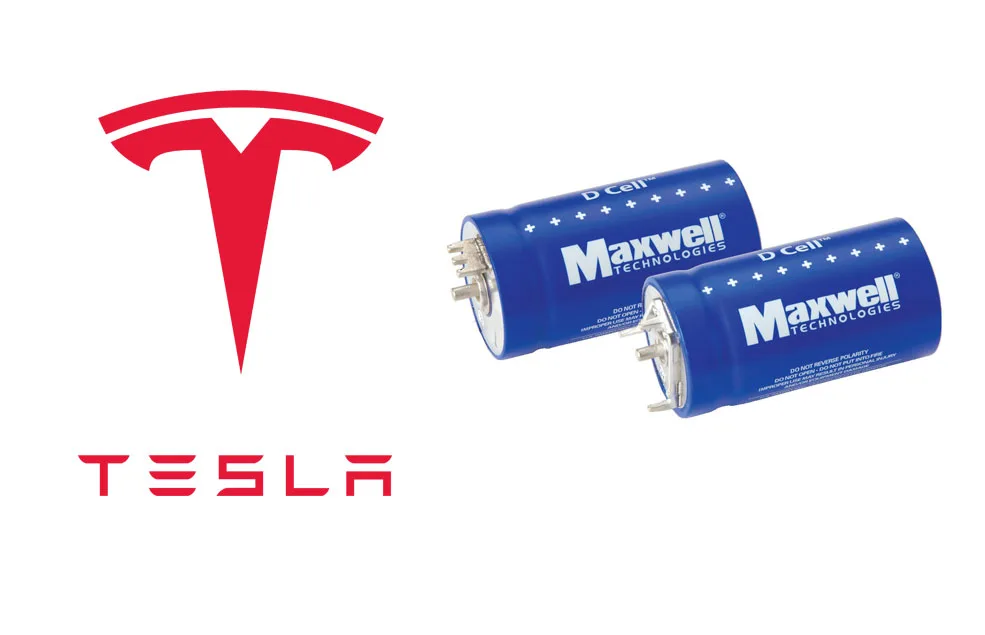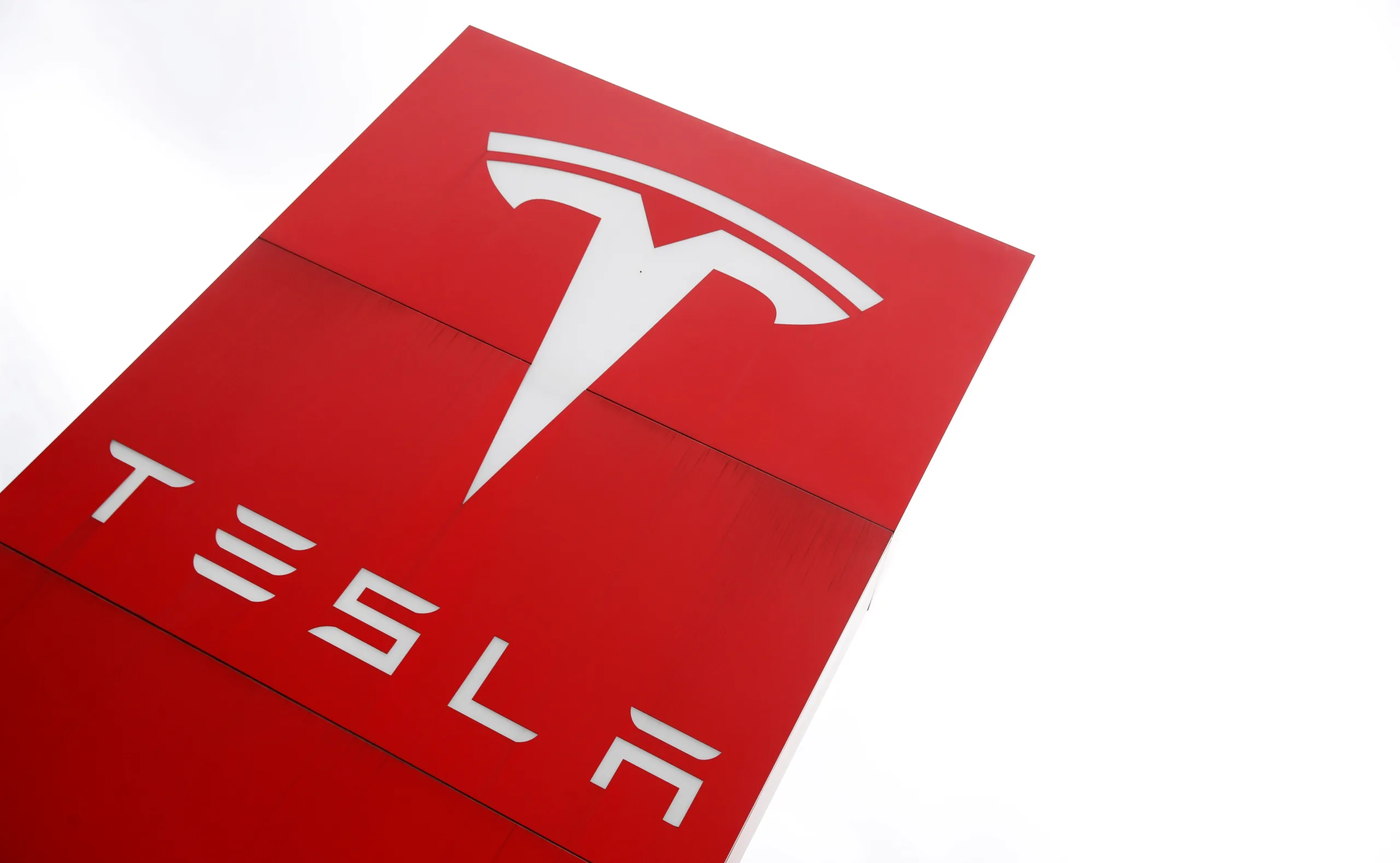Are you fascinated by the cutting-edge technology and innovation of Tesla? Have you ever wondered how they continue to push the boundaries in the automotive industry? Well, it’s not just their brilliant team that’s responsible for this success. Tesla has formed strategic partnerships with various companies to bring their vision to life.
In this article, we’ll explore the key collaborations that have propelled Tesla forward and helped them achieve groundbreaking milestones. We’ll delve into partnerships with major players like Panasonic and Toyota, as well as lesser-known but equally important companies such as Maxwell Technologies. By understanding these partnerships, you’ll gain insight into how Tesla operates and continues to revolutionize the world of electric vehicles. So let’s take a closer look at these fascinating collaborations!
So, Tesla partnerships?
Tesla is a company that has been at the forefront of innovation in the automotive industry, with their electric vehicles and advancements in self-driving technology. However, one key factor that has contributed to Tesla’s success is their strategic partnerships with other companies.
One of Tesla’s most notable partnerships is with Panasonic. The two companies have been working together since 2014 to produce batteries for Tesla’s electric cars. This collaboration allows Tesla to access Panasonic’s expertise in battery manufacturing while also securing a reliable source of batteries for their vehicles.
Another important partnership for Tesla is with NVIDIA. The two companies have worked together on developing hardware and software for self-driving cars, which has helped propel Tesla ahead of its competitors in this field. Through this partnership, Tesla can leverage NVIDIA’s advanced graphics processing units (GPUs) to power their Autopilot system.
Additionally, Tesla has formed partnerships with various energy companies such as SolarCity (now owned by Tesla) and PG&E Corporation. These collaborations allow them to expand into the renewable energy market and offer customers integrated solutions for both transportation and home energy needs.
Furthermore, through partnerships with major car manufacturers like Daimler AG and Toyota Motor Corporation, Tesla was able to gain credibility and establish itself as a leader in the electric vehicle space.
In conclusion, these strategic partnerships have played a crucial role in driving innovation at Tesla and contributing to its overall success. By collaborating with experts in different industries, they are able to access resources and knowledge that may not be available within their own company. This allows them to continuously push boundaries and stay ahead of competitors while also expanding into new markets.
Tesla and Panasonic: Building the Gigafactory Together

In the heart of Nevada, a remarkable collaboration unfolds between Tesla and Panasonic that is reshaping the electric vehicle landscape. This partnership birthed the Gigafactory, an enormous facility dedicated to producing lithium-ion batteries on an unprecedented scale. Imagine a space so vast that it could cover over 100 football fields! With cutting-edge technology and innovative manufacturing processes, they aim to lower battery costs significantly while increasing production efficiency. The goal? To make electric cars more accessible for everyone and boost renewable energy solutions.
At the Gigafactory, both companies tackle ambitious targets side by side.
- Tesla focuses on designing impressive vehicles that run on clean electricity.
- Panasonic excels in creating high-quality battery cells.
Together, they are not just building batteries; they are crafting a sustainable future where eco-friendly transport becomes the norm rather than the exception. Each day at this giant factory buzzes with activity as skilled workers assemble powerful components needed for Tesla’s growing fleet of electric vehicles. As challenges arise and solutions emerge, their partnership stands as a beacon of innovation—showing how two companies can unite towards a common vision: making our world cleaner through technology.
The Role of Toyota in Tesla’s Early Days

In the early days of Tesla, Toyota played a surprisingly supportive role that many might not expect. Back in 2009, when Tesla was still finding its footing in the electric car market, it struck a deal with Toyota to collaborate on developing electric vehicles. This partnership was significant because it brought together Tesla’s innovative spirit and Toyota’s extensive automotive experience. Toyota invested about $50 million in Tesla and purchased a stake in the company, allowing both brands to share knowledge. This alliance also helped boost Tesla’s credibility as they sought to revolutionize transportation.
However, this relationship wasn’t just about financial support; it also involved practical help during critical times. For instance, after their initial agreement, Toyota provided access to essential manufacturing resources and even lent their expertise on production processes. This collaboration allowed Tesla to refine its technology and streamline operations. As time passed, both companies eventually pursued different paths—Toyota focusing more on hybrid models while Tesla pushed forward into all-electric territory—but those early days were pivotal for shaping what would become a fierce competitor in the global automotive landscape.
Through mutual respect and shared goals, these two giants contributed significantly to advancing sustainable transport technologies that we see today.
Read also: cities with the most billionaires
Strategic Tesla Supplier Partnerships: The Case of Maxwell Technologies

Tesla’s journey towards sustainable energy and innovative automotive design is significantly bolstered by its partnerships with strategic suppliers. One such key player in this narrative is Maxwell Technologies, a company known for its advancements in ultracapacitor technology. By collaborating with Maxwell, Tesla enhances its ability to capture and store energy efficiently, which is essential for powering electric vehicles. The use of ultracapacitors allows for quick bursts of power, improving acceleration while also contributing to longer battery life. This partnership not only supports the performance metrics Tesla aims for but also aligns seamlessly with their vision of sustainability.
Moreover, the relationship between Tesla and Maxwell Technologies goes beyond just product supply; it’s a vital component of innovation within the industry. Both companies share a common goal: pushing boundaries toward cleaner energy solutions. As EV adoption grows globally, the necessity for advanced storage technologies becomes increasingly critical. These strategic partnerships foster an environment where groundbreaking ideas flourish—ideas that can redefine transportation as we know it. In essence, the collaboration represents more than a transaction; it’s about synergy that leads to technological breakthroughs capable of reshaping our future.
By leveraging each other’s strengths, they are setting standards not only within their respective fields but across the entire automotive landscape as well.
Tesla Collaborating with Governments and Public Entities for Charging Infrastructure
Tesla has been making significant strides in collaborating with various governments and public entities to enhance the electric vehicle (EV) charging infrastructure. This partnership is crucial as it allows for a broader network of charging stations, ensuring that EV owners can conveniently charge their vehicles while on the go. By joining forces with local and national governments, Tesla aims to create an extensive grid of superchargers that stretch across highways and urban areas alike. These installations not only make electric cars more accessible but also help reduce range anxiety among potential users who might hesitate to transition from gasoline-powered vehicles.
Furthermore, the collaboration goes beyond just setting up chargers; it often involves sharing resources and expertise in sustainable energy solutions. For example, many projects focus on integrating renewable energy sources like solar power into charging stations, which promotes a cleaner environment.
With initiatives such as these, Tesla hopes to build a community-centric approach where everyone benefits—from drivers enjoying easier access to clean transportation options
- Reducing carbon footprints
- Creating job opportunities
- Paving the way for innovative technology
. As these partnerships grow stronger, they contribute significantly toward achieving global sustainability goals while fostering a culture of eco-friendly transportation for future generations.
You may also like: tax sale overage
How Tesla’s Strategic Partnerships Drive Innovation and Growth
Tesla’s journey in the automotive world is a fascinating tale of innovation, driven largely by strategic partnerships. Collaborating with various companies allows Tesla to enhance its technology and expand its market reach. For instance, their partnership with Panasonic has been pivotal in producing high-performance batteries for electric vehicles (EVs). These cutting-edge batteries not only improve vehicle range but also contribute significantly to reducing costs. By working closely with suppliers like Panasonic, Tesla ensures that it maintains an edge in battery technology—a critical component for any electric car manufacturer.
Moreover, Tesla’s alliances extend beyond just battery production. Collaborations with software firms enable the development of advanced autonomous driving features that set their cars apart from competitors. Through partnerships focused on artificial intelligence and machine learning, Tesla continually innovates its Autopilot system. This commitment to teamwork cultivates a culture of growth and creativity within the company, allowing it to respond swiftly to changing market demands. In doing so, they’re not merely selling cars; they’re offering a glimpse into the future of transportation where sustainability meets cutting-edge technology.
Through these strategic relationships, Tesla illustrates how combining strengths leads to remarkable advancements—paving a smooth road toward tomorrow’s transportation landscape.

